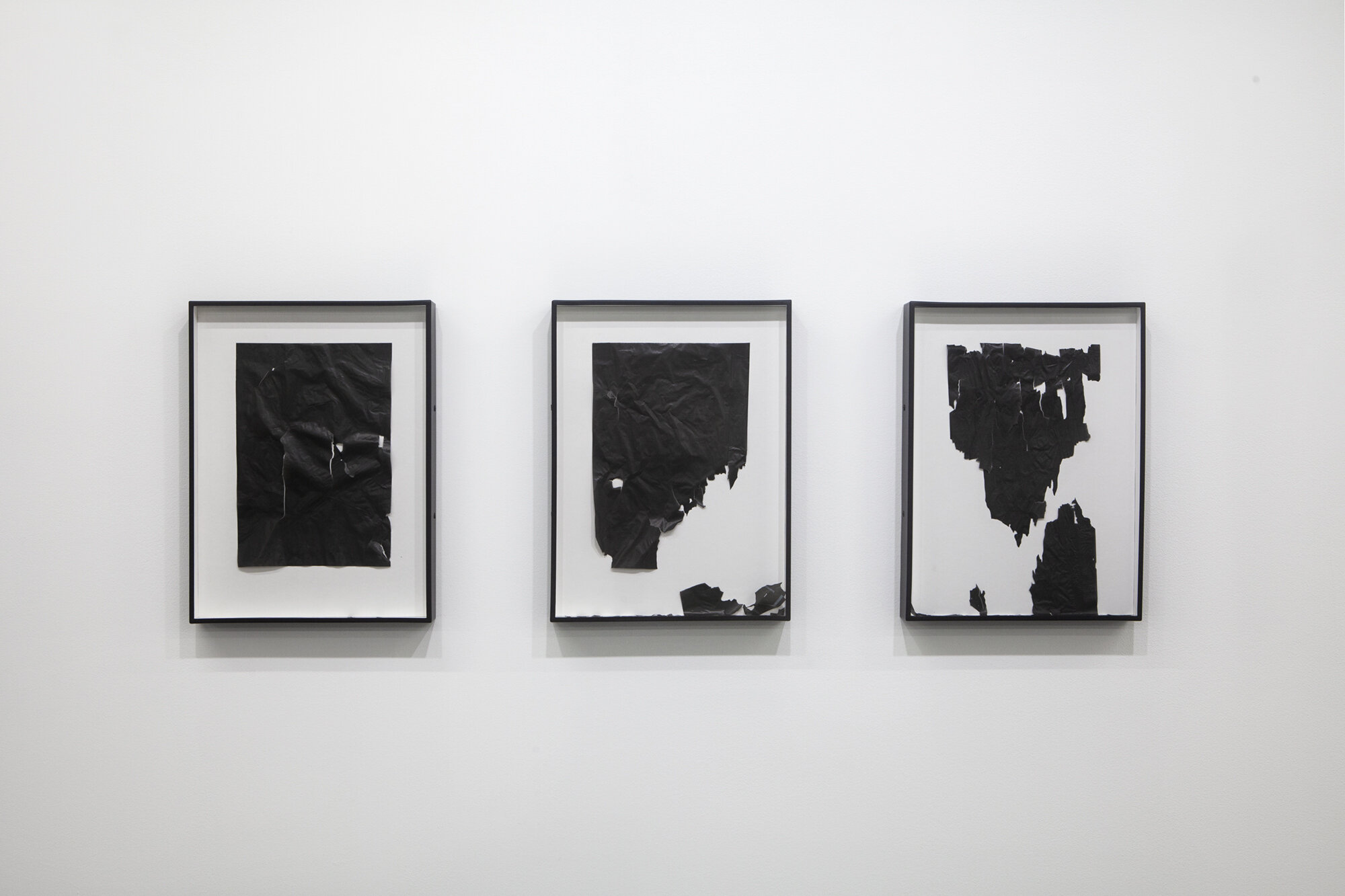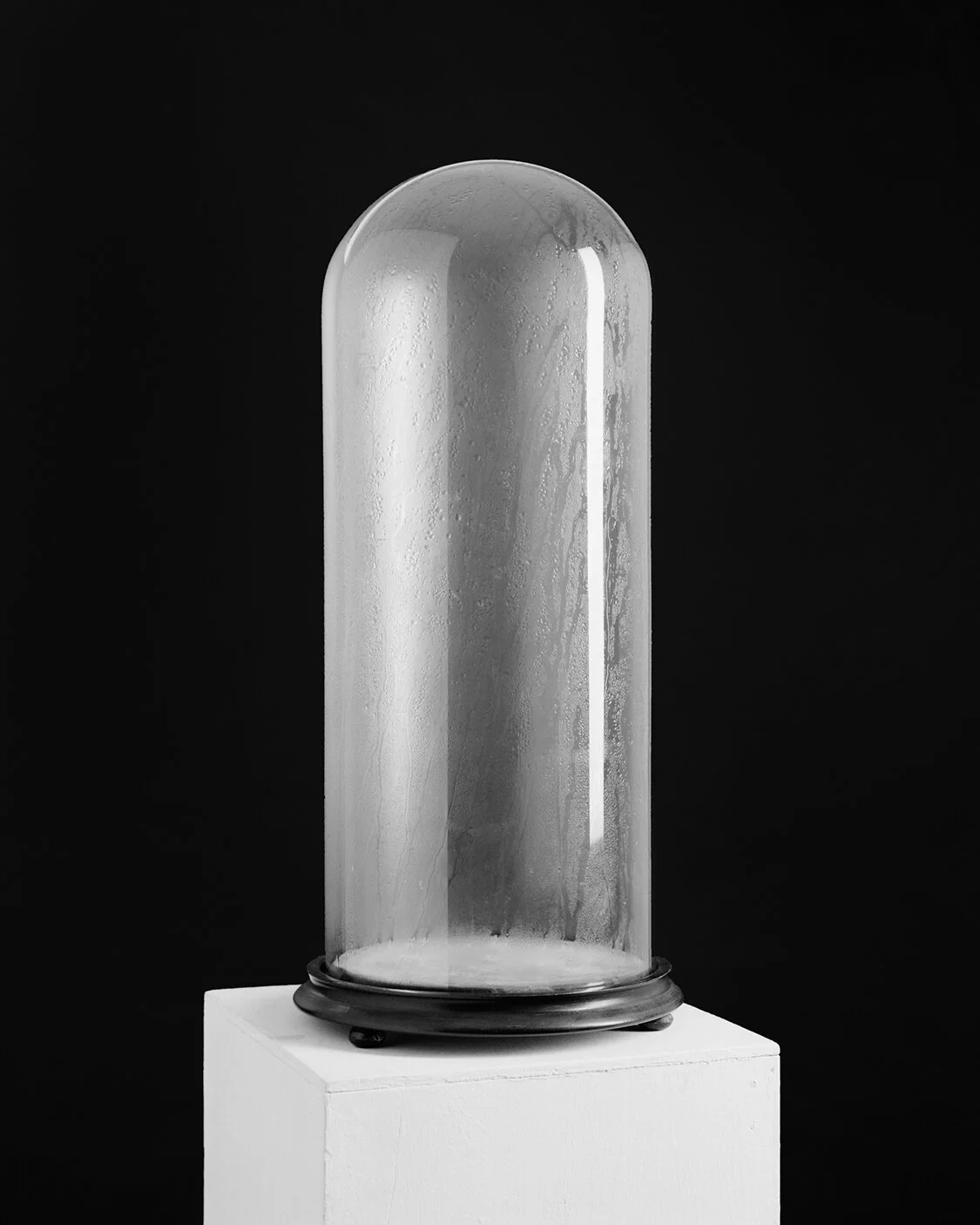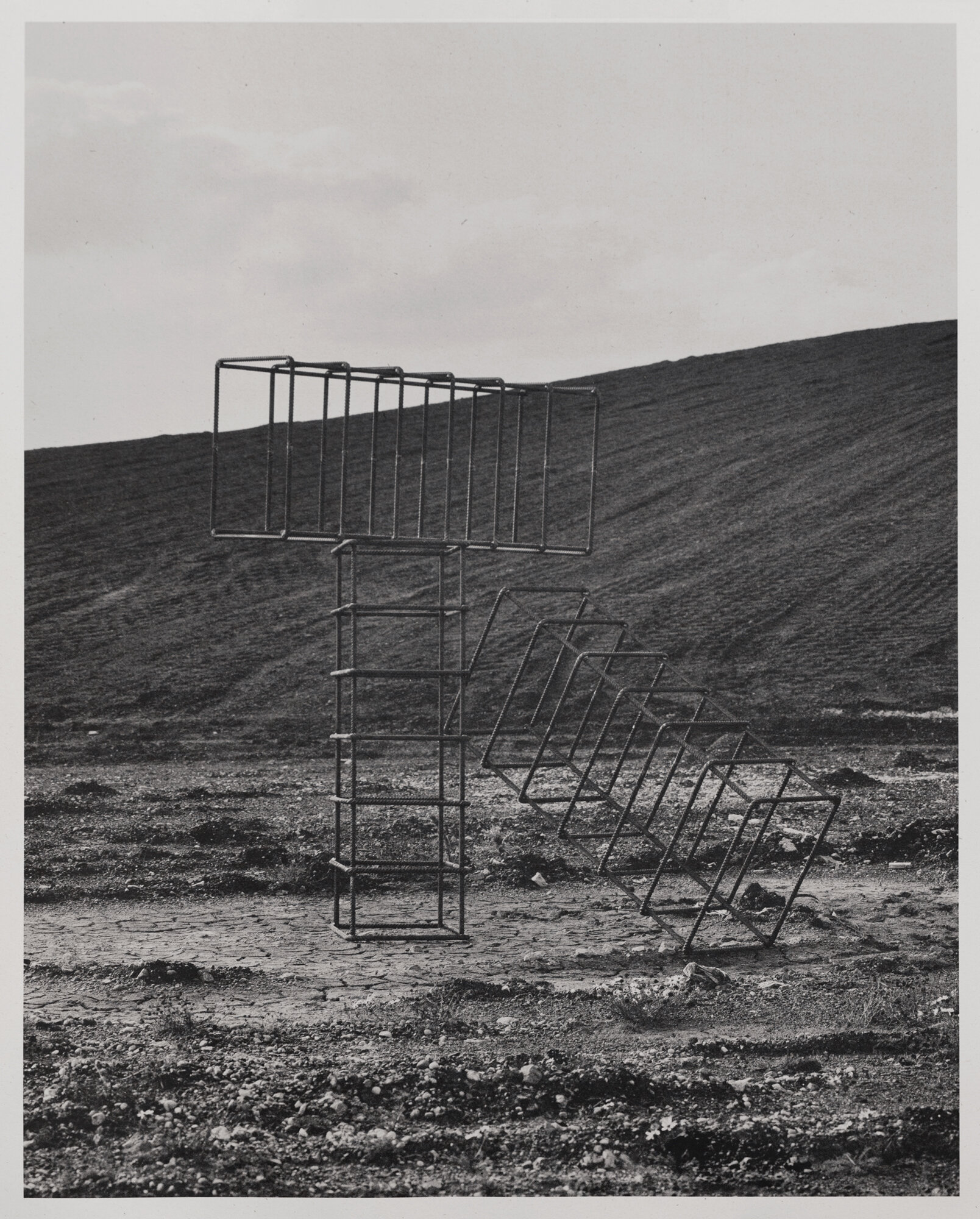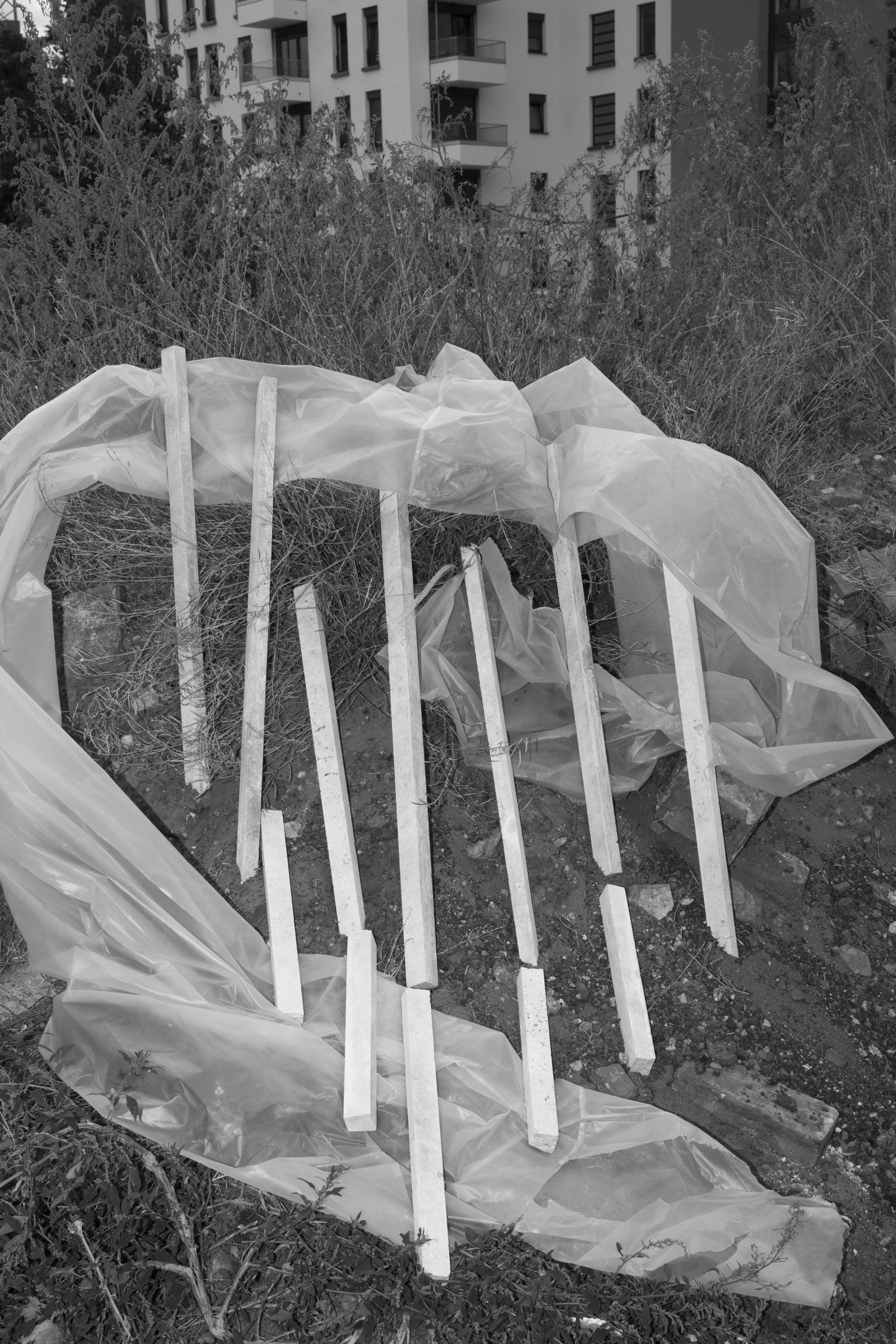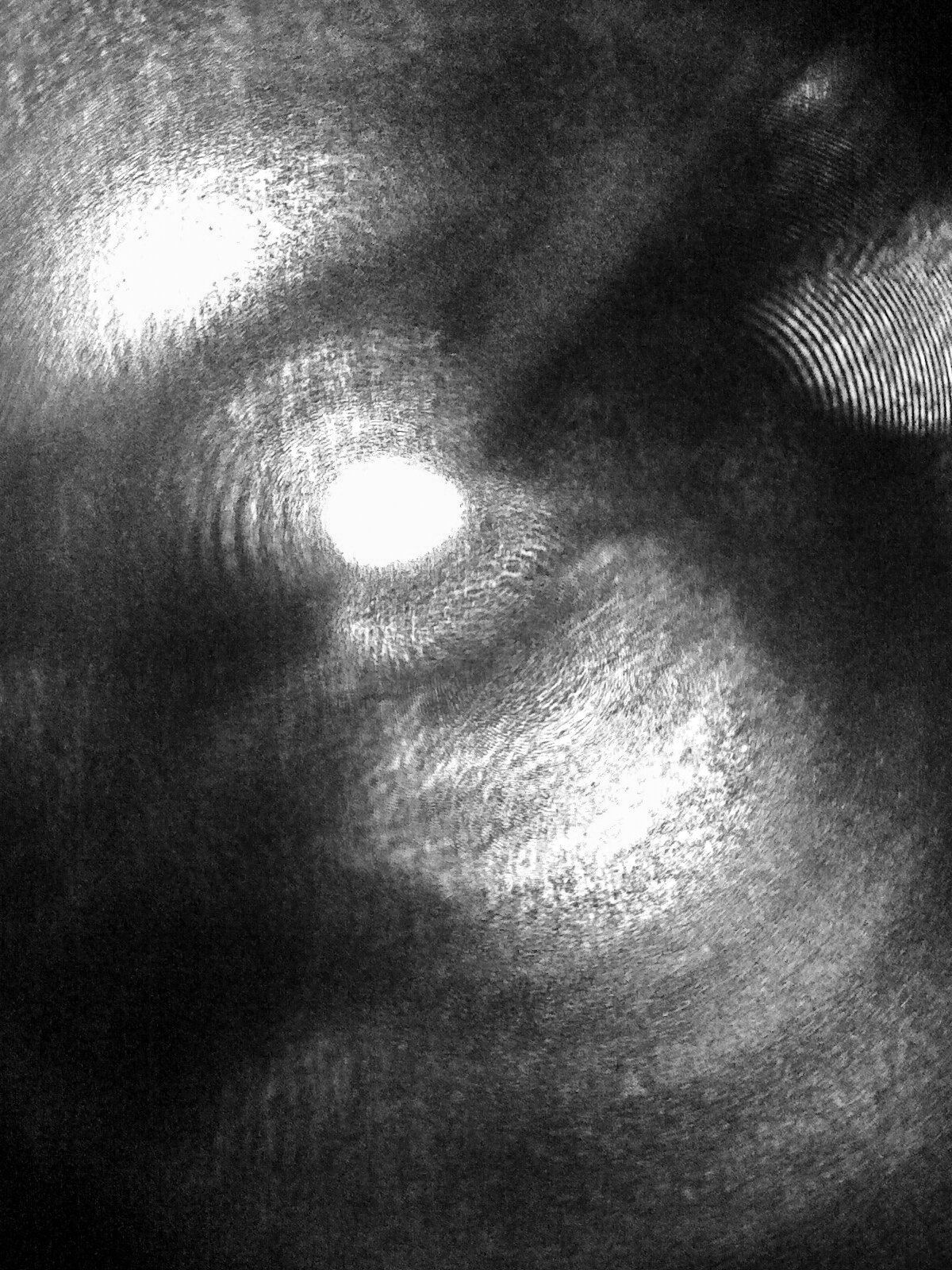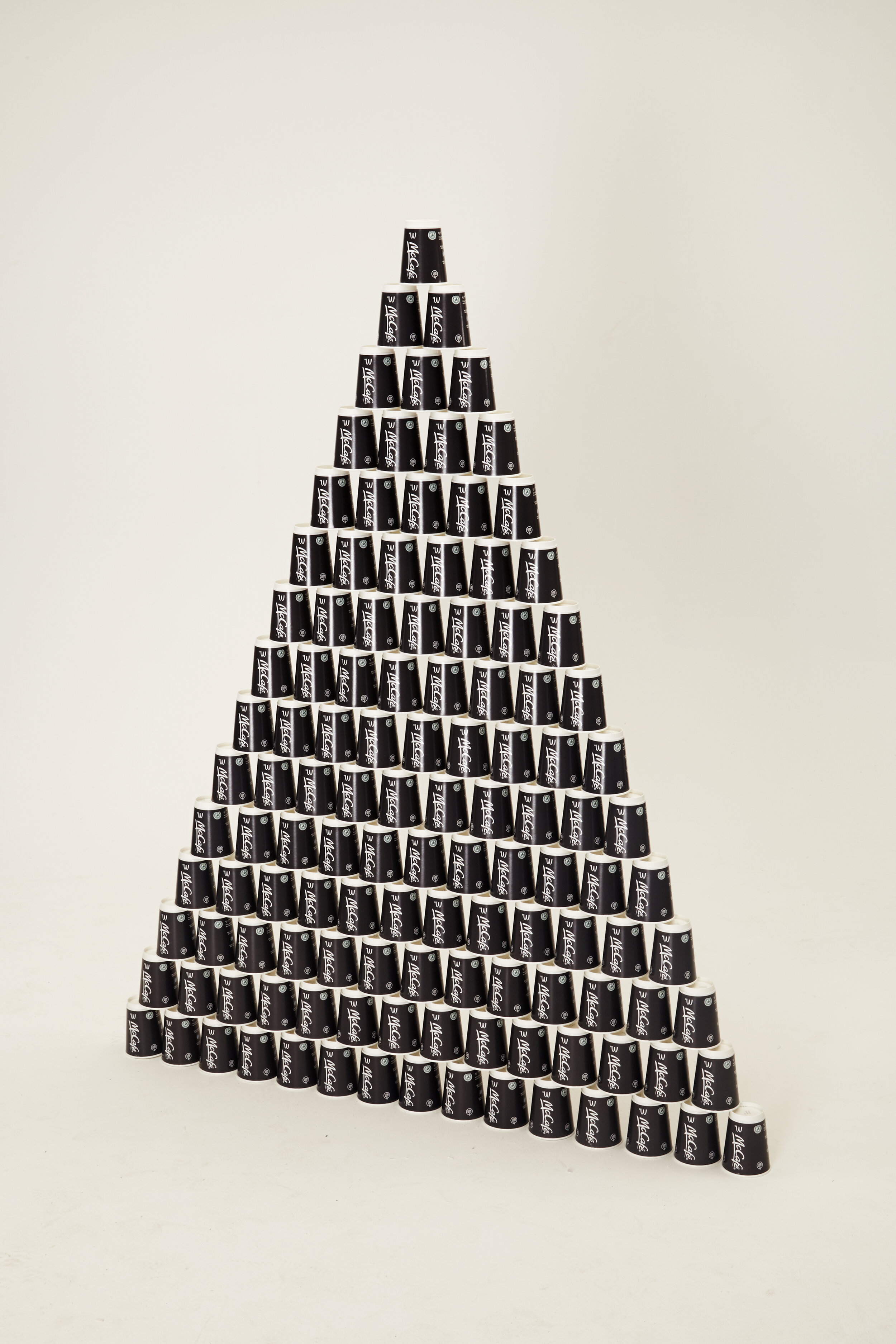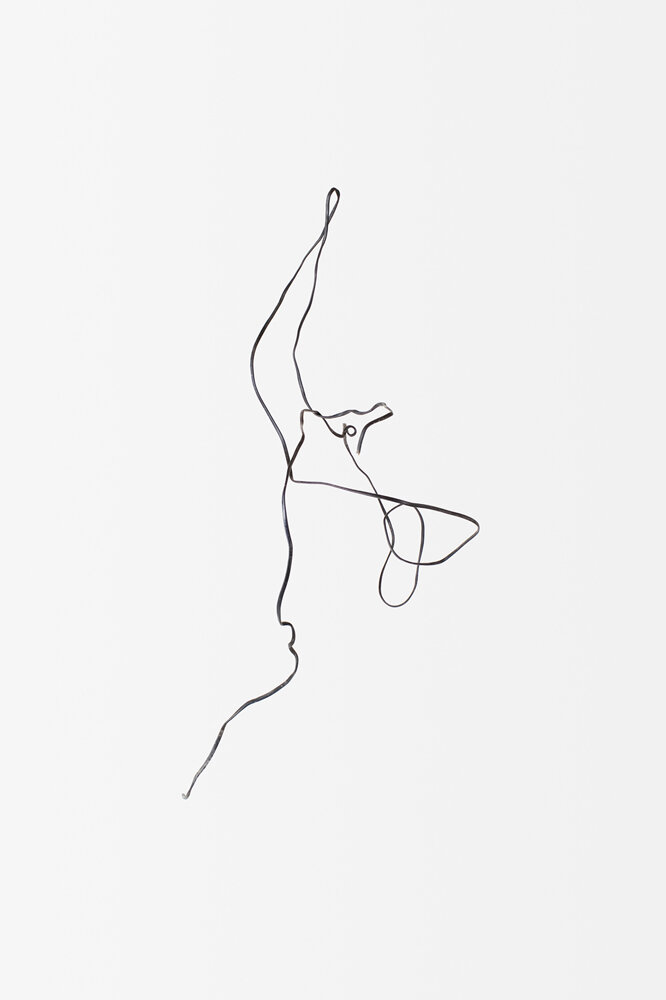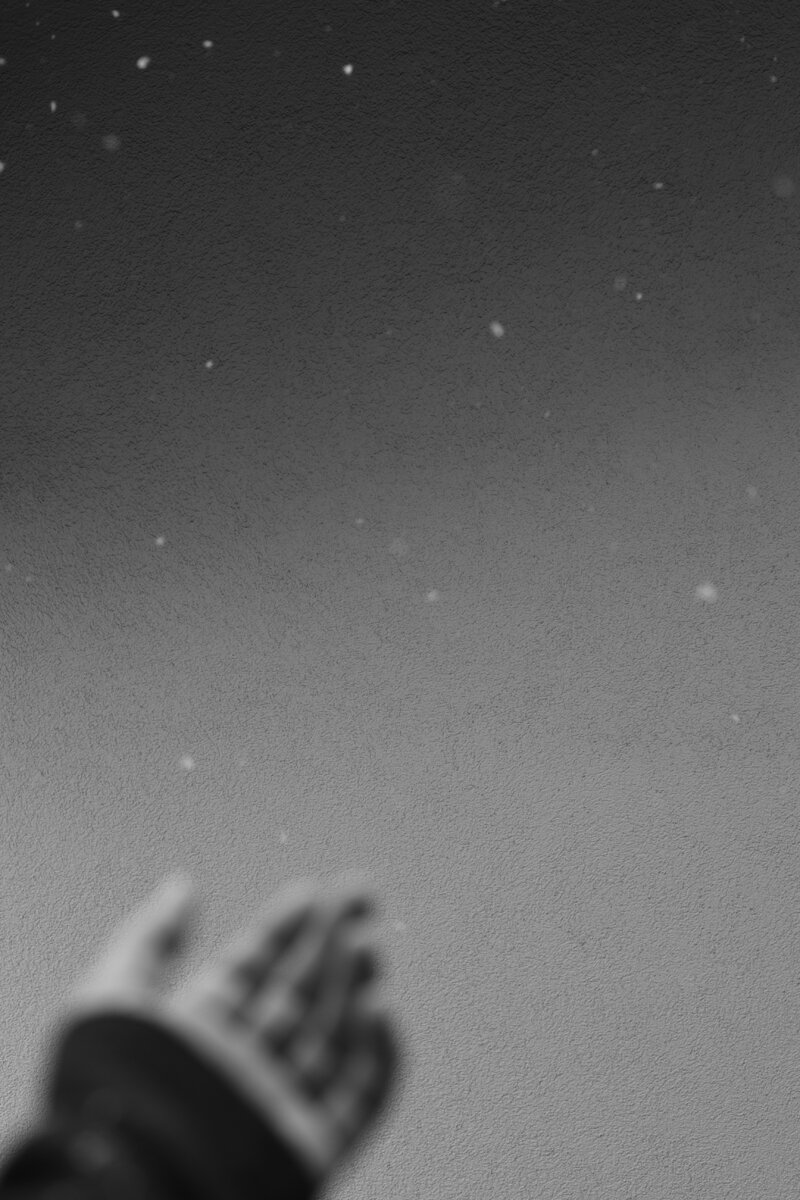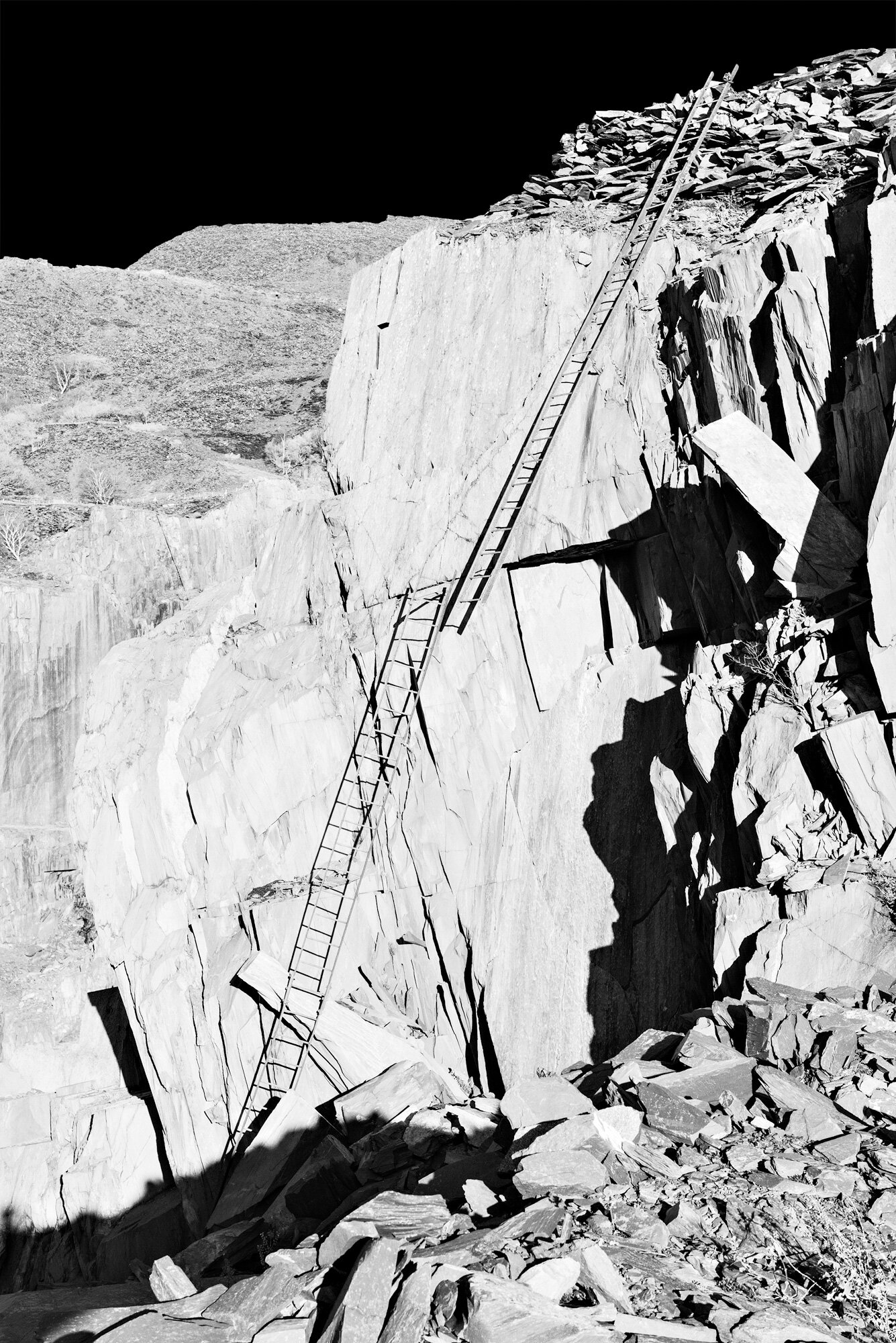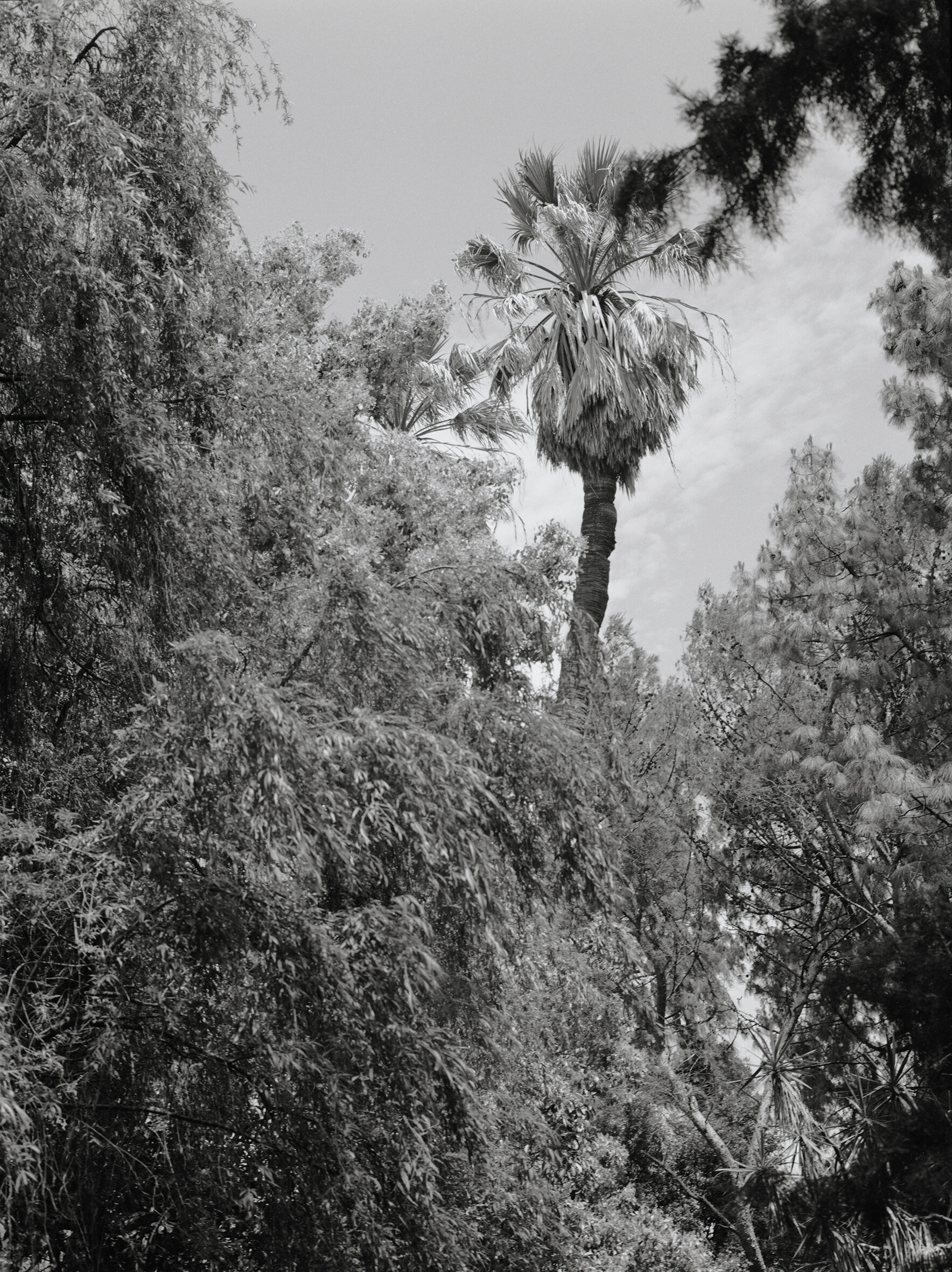Miriam H. Nielsen #41
MIRIAM H. NIELSEN
This interview focuses on the artistic process to the work seen in the Sculptural Landscapes show in Malmö, January 2021; we learn about Miriam H. Nielsen’s sculptural practice and how it relates to construction, deconstruction, or both.
Tell us about your process. What reference or influence (if any) do you take from other mediums? I am interested in how photography and photographic manipulations can lead us to new places and experiences. I am involved in a constant process of pushing limits and exploring new visual spaces, blurring the boundaries between photography and other mediums. My intention is to create works that are based on the personal but potentially describe universal states. The works often consist of motifs that are combined layer upon layer and reflect a fascination with uncovering and covering - appearance and disappearance of the familiar - and a movement towards abstraction. I am inspired by all kinds of visual art forms from fine art printing to performance art and sculpture.
Are these pictures concerned with exploring formal and aesthetical interests – studies of form, colour, movement, how things work together, or are they representational, metaphorical? All my works embody the study of form and colour while they at the same time play with the single representational image, ultimately creating metaphorical works. My work explores formal and aesthetical interests because it is through these explorations that the works emerge. In the process, I manipulate, cut, paste and experiment. At some point in the process, I arrive at a place where the elements fall into place and the process stops. What holds the works together is a certain manifestation or sensation that something has unfolded.
Typically, are your works more about construction or deconstruction? For me, those processes are difficult to separate. A photograph frames and constructs reality in a particular way, so at the moment when the picture is taken, I am already viewing and constructing the world in a certain way. Afterwards, I deconstruct and manipulate the image and in this way, new motifs emerge. So the processes of construction and deconstruction are closely connected.
Are you interested in the notion of your pictures as objects? Do you think about how their physicality may endure as you are photographing them or is that an afterthought? Yes, I think about how I will use the pictures later in prints and montages when I photograph, and I am concerned with capturing a certain physicality. And later the concern is with creating an actual physical piece. The texture and materiality of different methods of printing also fascinate me a lot at the moment.
Often sculptural photographic works are concerned with elevating banal objects, situations or events to a status of ‘art’ – when does something become art for you? I believe that visual art has the ability to deal with aspects of our inner - and external world that can’t be expressed in words. Art has the ability to create new spaces and I believe that something becomes art when the density of a particular piece has the ability to move the viewer in some way. So the origin of a certain photograph may be “banal” but if it’s processed and presented to us in a certain way it may become art. Still, the way a particular piece is perceived and valued may change with time and context.
Miriam H. Nielsen is a visual artist and curator working with photography, video, sound, publications and installation. She is educated from the Danish Photographic Art School, Fatamorgana, and holds an MA in Visual Anthropology from the University of Copenhagen and a BA from Soas, University of London.
Published 15 January 2021






